Welcome to NEWBORN NURSERY
Description
Welcome to the Newborn nursery rotation! The rotation will provide you a higher volume experience in learning to care for newborns. Through the higher volume, you will grow accustomed to the normal newborn findings and recognize common problems you will be able to handle on your own along with identifying those warning signs which warrant a higher level of care. The rotation is based at the University Hospital and you will be one of 4-5 interns on the newborn team. Because the team is composed fully of interns, this page is designed to provide you an overview but it is also vital for you to receive in person orientation from a family medicine resident who has previously completed the rotation. If you are uncertain of who that maybe, please contact one of the chiefs.
The ACGME requires reporting number of total newborn visits. Please use the tracking document in your introduction email and record the number of encounters you have each day. You’ll send this to Holly at the end of the rotation. Remember, if you see the same patient three days a in a row, then it is three different encounters.
We hope you have a wonderful rotation and please do not hesitate to contact Dr. Putnam or one of the Chiefs if you have any questions or concerns.
Required Learning Modules
During your month, you will learn the essentials for newborn care through your experiences at UH, the didactic (formal and informal) from your attending, along with your individual reading. To assist you in your individual reading, at the bottom of this page are resources for you to review. To really get a jump on the rotation, it is strongly encouraged you review the physical exam and anticipatory guidance slides below. Also, please review the AAFP 2024 update on hyperbilirubemia as well as the AAP 2022 guidelines on hyperbilrubemia. Lastly, dermatology is an important topic in newborn care. You will be amazed how many of the questions from parents will be related to different rashes and marks. Knowing what these are and how to care for them is quite important! To help with this, please complete the below dermatology learning modules. Do not worry, the quizzes do not go to anyone in the program nor does anyone have access to them. They are for your learning (although still required).
Note: You will be required to create a login the first time you access the modules. This is free. After you create the login, return to this patient and access the modules directly from the below links. The webpage can be quite slow in downloading the first time, but after the first time, it will speed up)
Orientation
The below orientation is intended to provide you a written overview of the service, but it is a supplement and not a replacement for the face to face orientation with a peer. The peer will be able to share with you all of the important dot phrases, show you where to obtain scrubs, and where to go etc. Please reach out to the last FM resident on the service or to a chief for the face to face orientation. Additionally, your peds chief will send out info at the beginning of the rotation with specifics on rounding and work flow.
The Team: The team will be composed of you and 4-5 CCHMC pediatric interns. There is a NICU Fellow who is available for assistance and covers issues overnight, but the fellow otherwise is not a part of the team and will be busy with the NICU. Each newborn attending covers a week at a time and may cover the weekend or there maybe a separate NCA attending covering just the weekend. The team is able to function without a leader because each person has an assigned role (short call, late call, long call).
Roles:
Long Call Intern:
Arrives by 6 am each day and leaves at 6 pm.
The Long Call Intern will arrive first in the morning and create Rounding Sheets for any infants born overnight. The Team will share the task of completing the H&Ps from the prior night, but the Long Call Intern is ultimately responsible for the task.
The Rounding Sheet is a sheet that has the demographic information, important prenatal historical information, birth history, vitals, and labs. Active sheets are put into the folder at the end of each day
In the morning when you arrive, text the rest of the team the census so they can plan for what time they will come in. Call the NICU resident around 6:05am to get sign out. Start sheets for any babies born overnight. Split up assignments amongst the team. Print a list for the attending. Attendings will see any baby born before 10am, so if there is a baby on the list that is still on the L&D side, make a sheet for them in the morning and anticipate rounding on them when they transfer over.
Generally long intern only will take sign out from the rest of the team when they are done with their tasks. Start sheets and H&Ps for any baby born after 10am, but they will be seen by the intern assigned to them the next day. Around 5:45-6:00, call the NICU resident to see where they are and if they are ready for sign out. Print a handoff for them.
During the day, the Long Call Intern will carry the pager and phone, attending all deliveries and C-sections. While the patients are in labor, the Long Call Intern will start the H&P and share it with the others. If the infant is born while the Long Call Intern is still in the house, they will complete the H&P.
Throughout the day, depending on how busy, the Long Call Intern will receive check out from the other Interns and complete any needed floor work. This task will be shared with the Short and Late Interns.
Short Call Intern:
Arrives at 6:45-7am based on census and leaves by noonish (all tasks need to be done)
Available to assist Long Call Intern for deliveries and C-sections
Assist with floor work following rounds
Late Call Intern:
Arrives at 6:45-7am based on the census, and leaves by 2pm, sometimes a little earlier. (all tasks need to be done)
Available to assist Long Call Intern for deliveries and C-sections
Assist with floor work following rounds
Rounding: The Long Call Intern arrives first and prepares the Rounding Sheets for any newborns born overnight and updates the Whiteboard. Depending upon the number of newborns, the Long Call Intern either sees all of the newborns born overnight and completes the H&P or distributes among the group. The rest of the team arrives 6-6:30 am and begins pre-rounding on their patients. Each intern has a Folder with all of the Rounding Sheets for the intern's newborns (typically 3-4 per day). The Whiteboard also lists who will see who. In pre-rounds, the intern will update the rounding sheet and begin the note. The intern will then share the note with the attending who will either create an Addendum or take the note.
The attending will arrive around 8:30 am and then start rounds. The Attending will have a Computer On Wheels (COW) and complete notes as they go. Outside of the room, the intern will present the newborn using the Rounding Sheet and then the attending and intern will go into the room to see the newborn and mother. After seeing the newborn, the Attending will sign the note and another intern will enter any orders (will also have a COW). Rounds typically end by 11 am.
Post-Rounds: There maybe a joint NICU and Newborn teaching at 11 am. The schedule will be posted in the workroom. Following rounds and any teaching, the interns are to complete any floor work on their infants and then check-out to either the Late or the Long Call Intern. At the end of the day, the Long Call Intern will check-out to the NICU fellow. Prior to checking out to the NICU fellow, ask how they would prefer check-out and what information to include.
Supervision: The attending provides supervision throughout the morning and ask if they wish to be contacted later in the day for any issues that come up. For deliveries or for acute issues, the NICU Fellow and NICU NP provide supervision and assistance.
Weekends: Typically, there are only 2 interns on over the weekend (Long Call and Short Call). The patients are divided between the two interns, otherwise the process is the same.
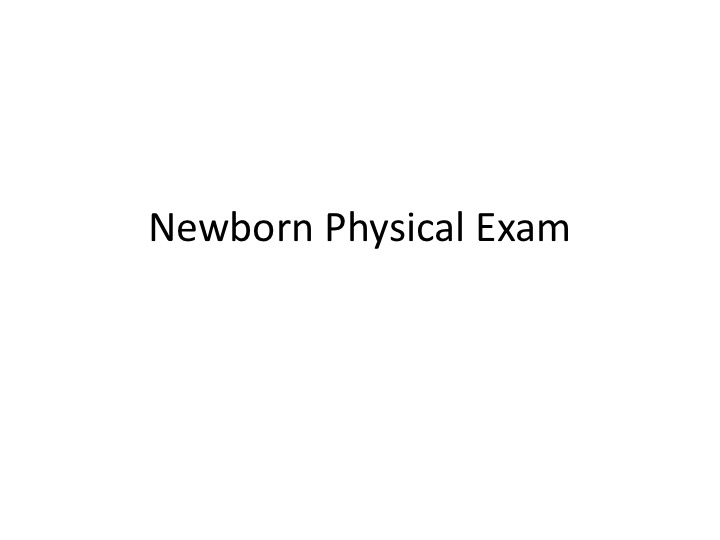
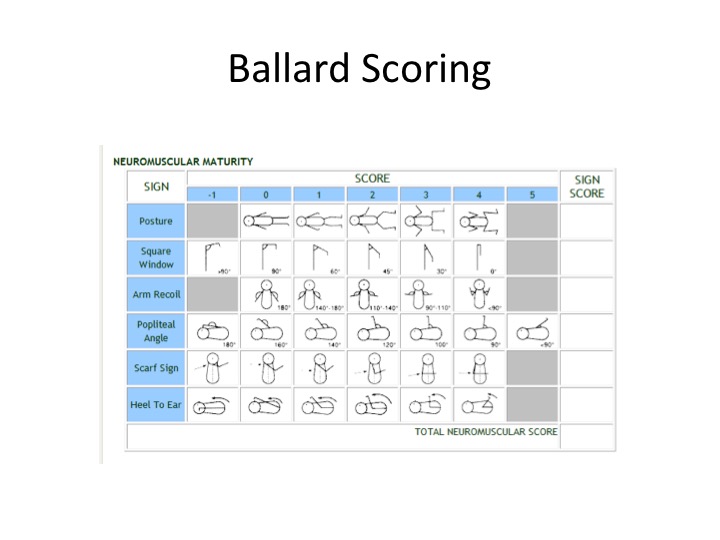
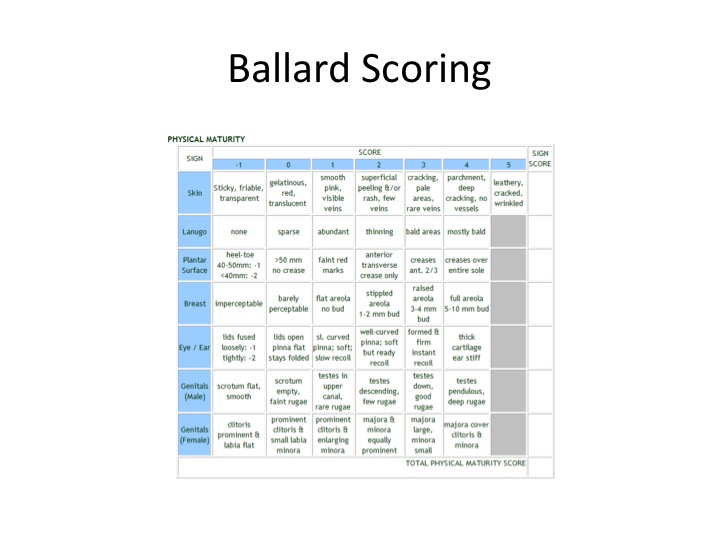
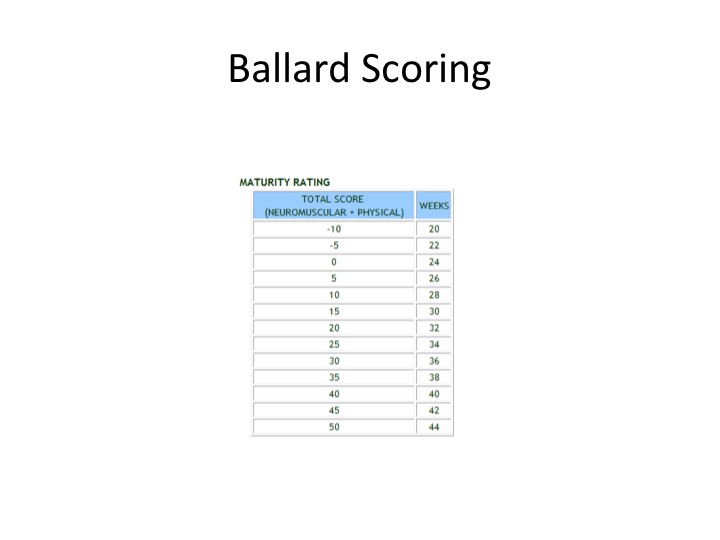
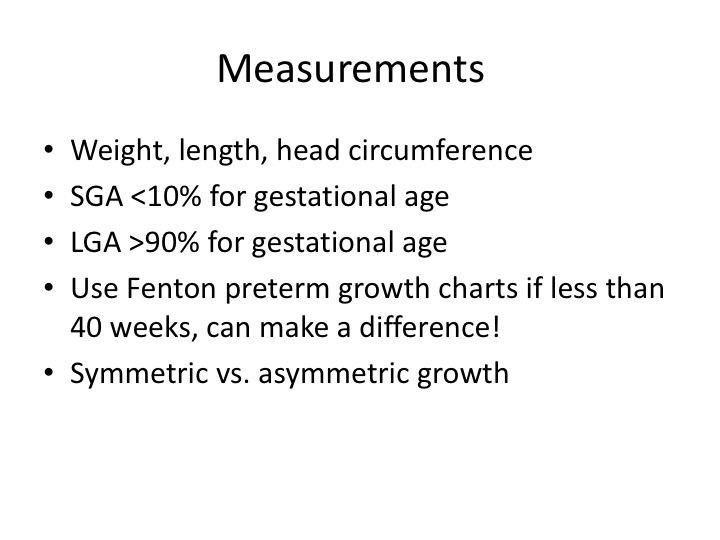
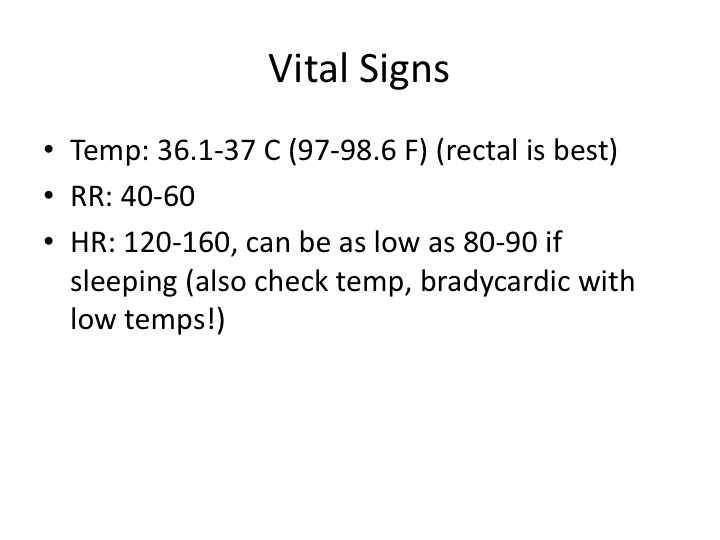
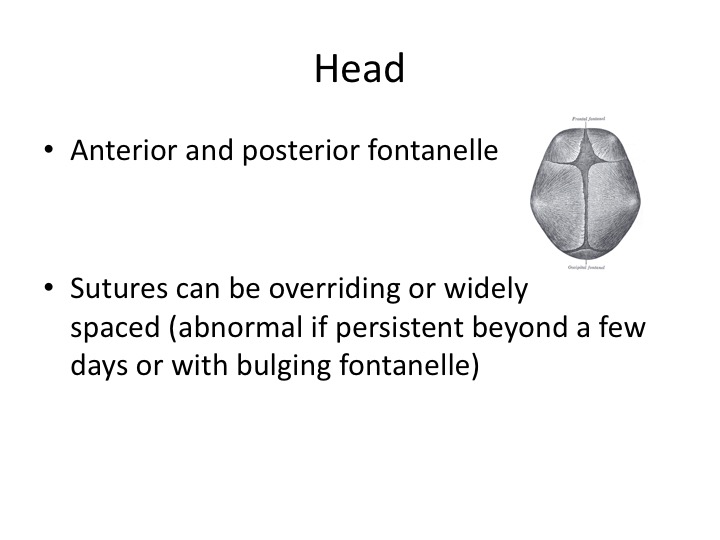
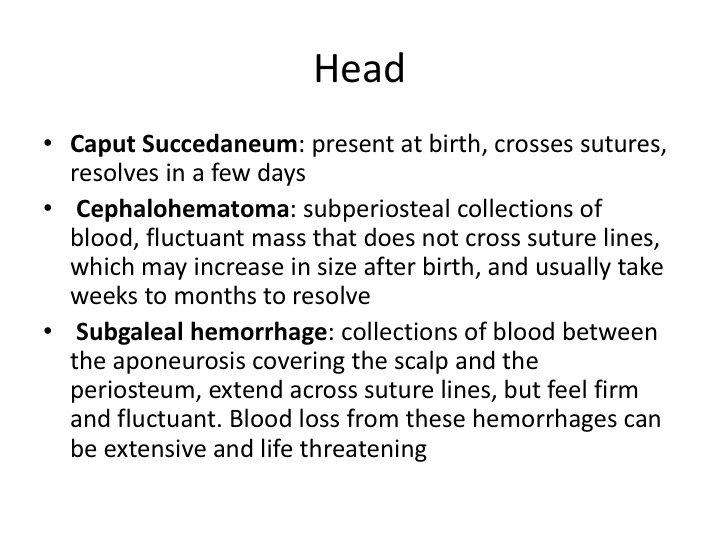
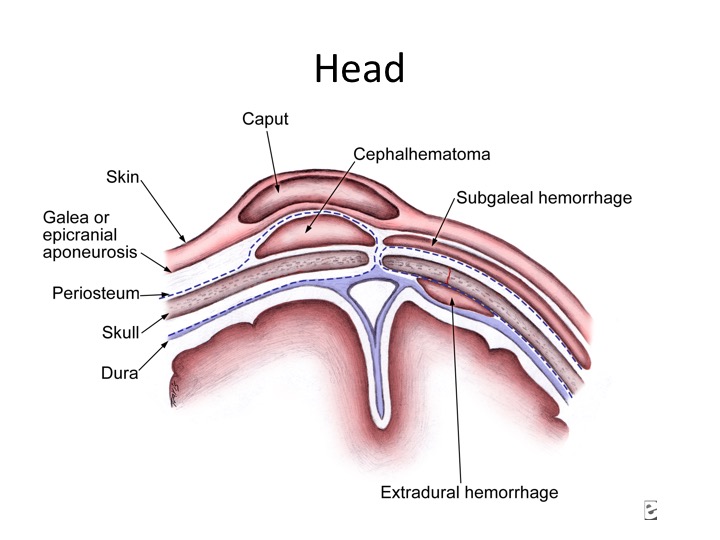






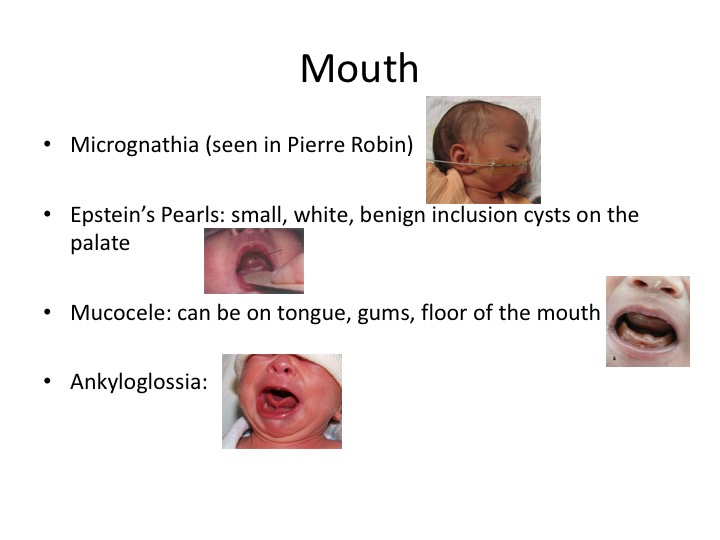
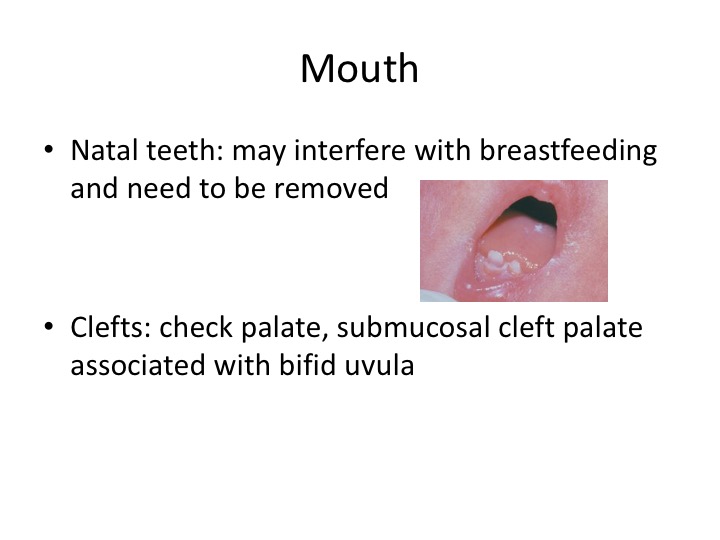
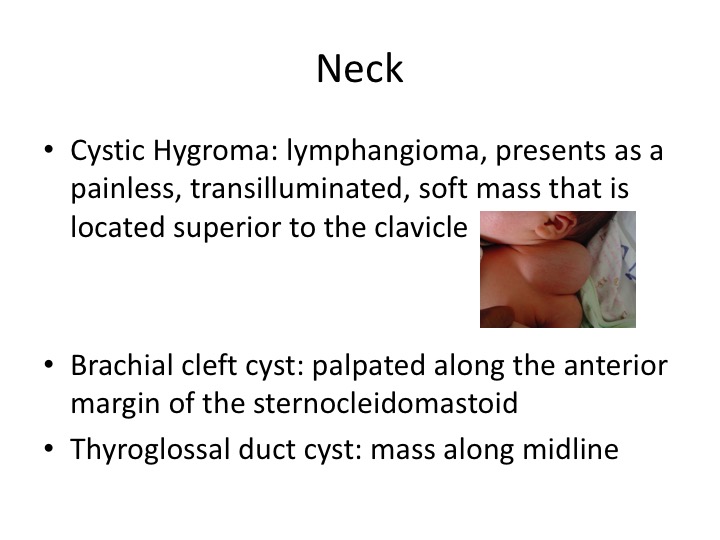
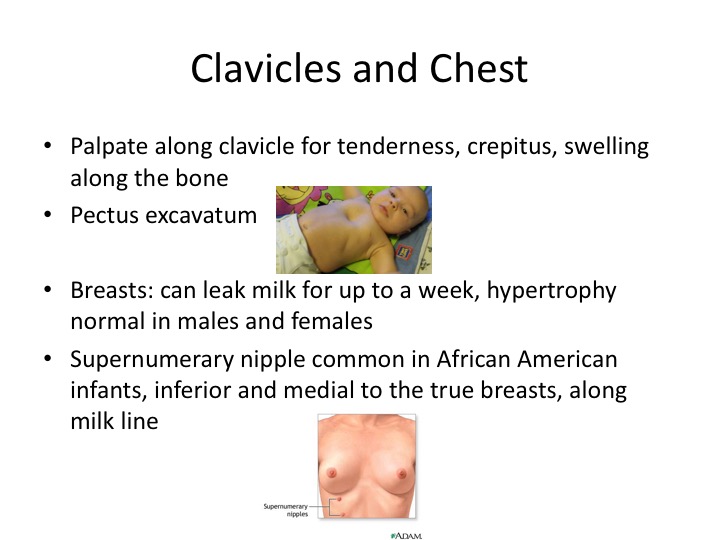
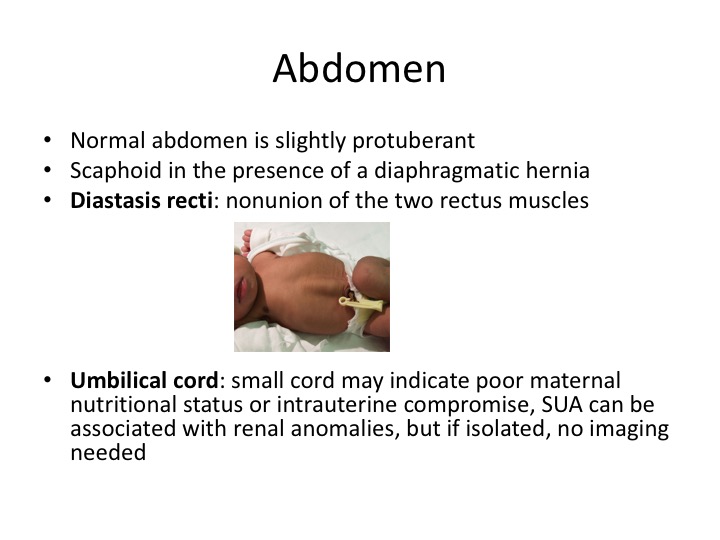
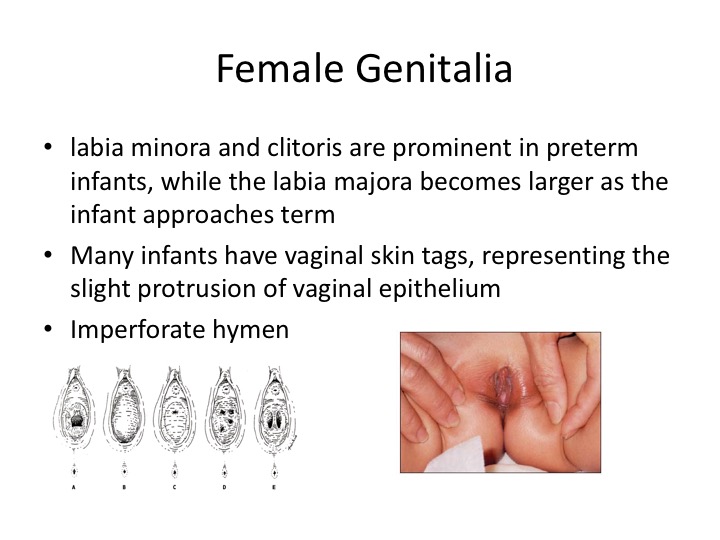
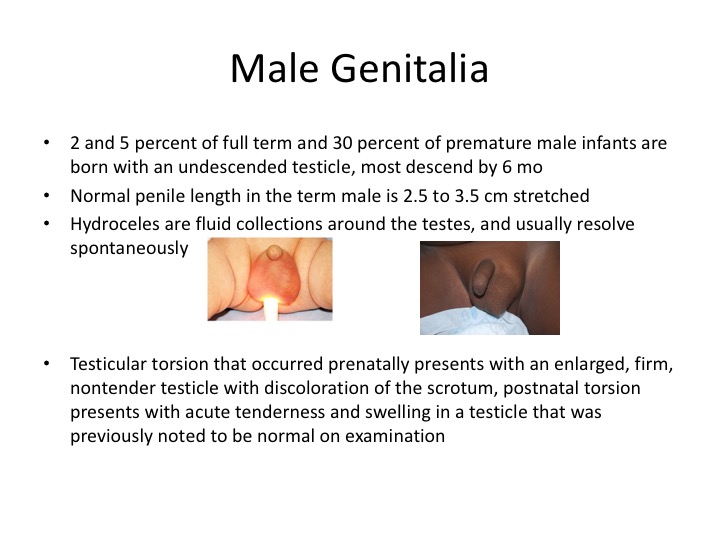
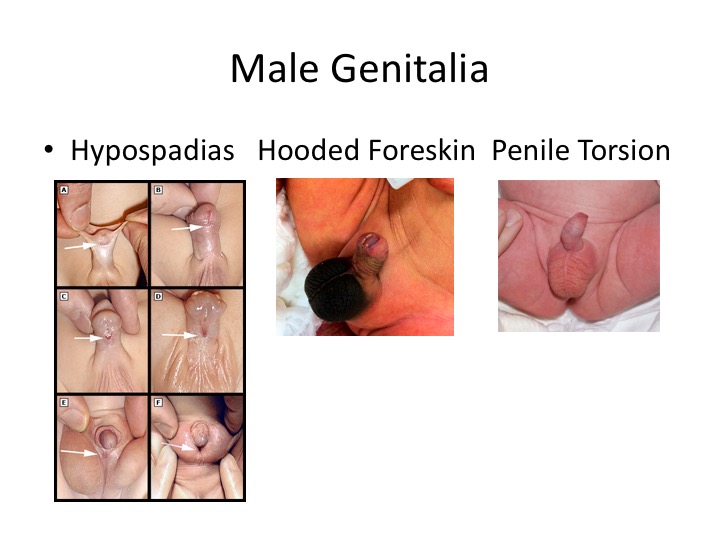















Helpful References, Pocket Guides, etc.:
General Newborn Exam: http://newborns.stanford.edu/PhotoGallery/ Stanford website: picture atlas with normal & abnormal newborn exam findings, contains text explanations as well. If you study nothing else this month, this is invaluable.
Review article on Newborn Care
bilitool.com is optional but used by many peds residents. Printing the TSB (Total Serum Bilirubin) light therapy nomogram and carrying on rounds at least the first week is useful
Articles provided by Newborn rotation (on CCHMC intranet, newborn tab)
The Pocket (from Children’s)
Harriett Lane handbook